Comprehensive Report on Failure Analysis of Car Tyres: A Deep Dive
VerifiedAdded on 2020/05/16
|6
|1338
|435
Report
AI Summary
This report paper provides a comprehensive analysis of car tyre failures, focusing on failure modes, causes, and implications. The introduction defines failure analysis in the context of car tyres, emphasizing the importance of understanding failure modes for product improvement and safety. The report explores various causes of tyre failure, including punctures, manufacturing defects, and environmental factors. The discussion section delves into the implications of tyre failure, including legal, social, and cultural aspects. The paper also includes a table summarizing failure modes, safeguards, consequences, and single-point failure modes. A failure mode analysis table is also presented, detailing the causes, effects, and risk factors associated with flat tyres. The report concludes by summarizing the key findings and emphasizing the significance of failure analysis in preventing accidents and improving tyre design. The paper is well-researched, supported by a bibliography, and provides valuable insights into tyre failure analysis within the field of mechanical engineering. The report aims to provide a thorough understanding of car tyre failures, contributing to the development of safer and more reliable tyre products, while also considering the legal implications for manufacturers and the social impact of tyre-related accidents.
1 out of 6
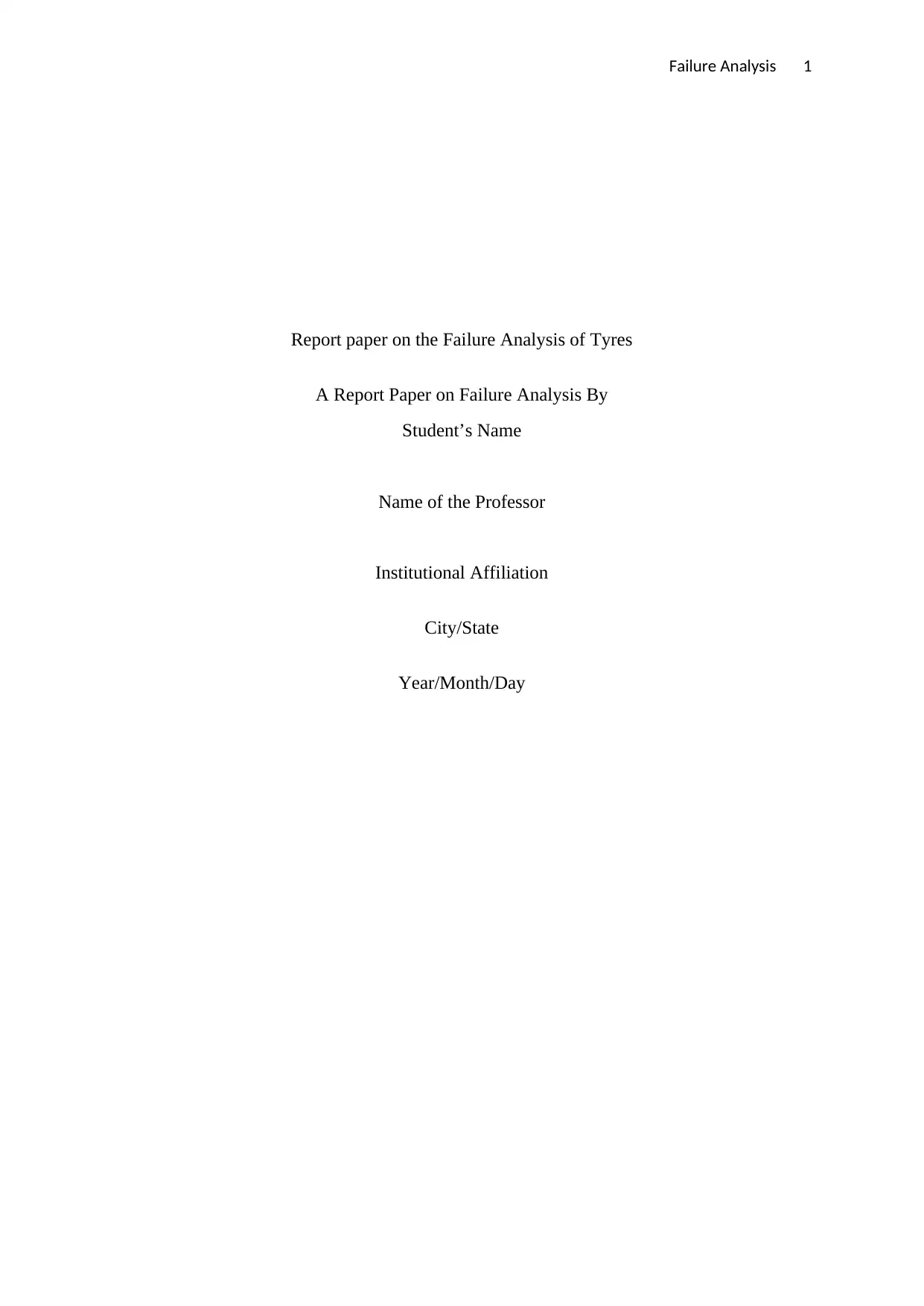
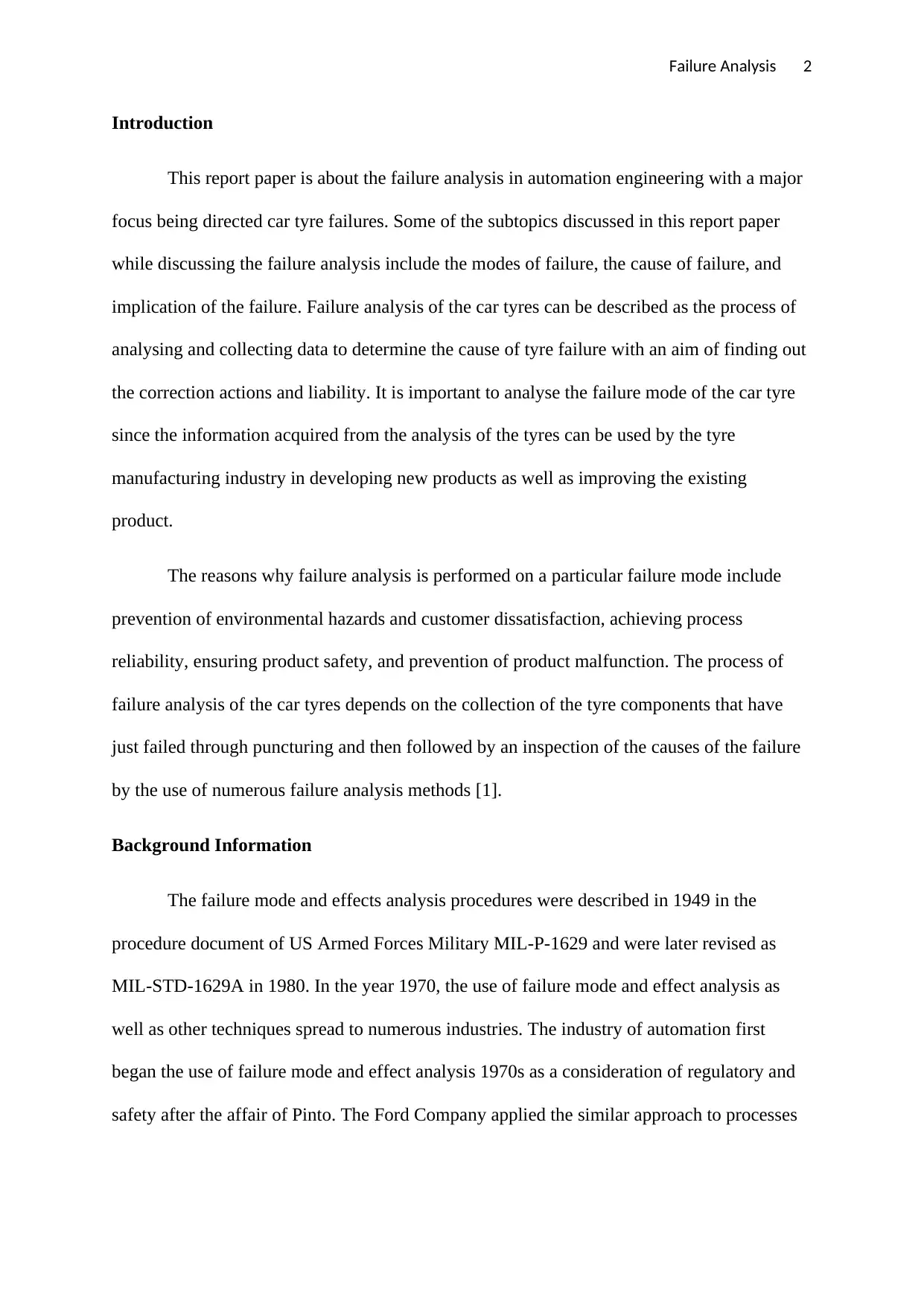
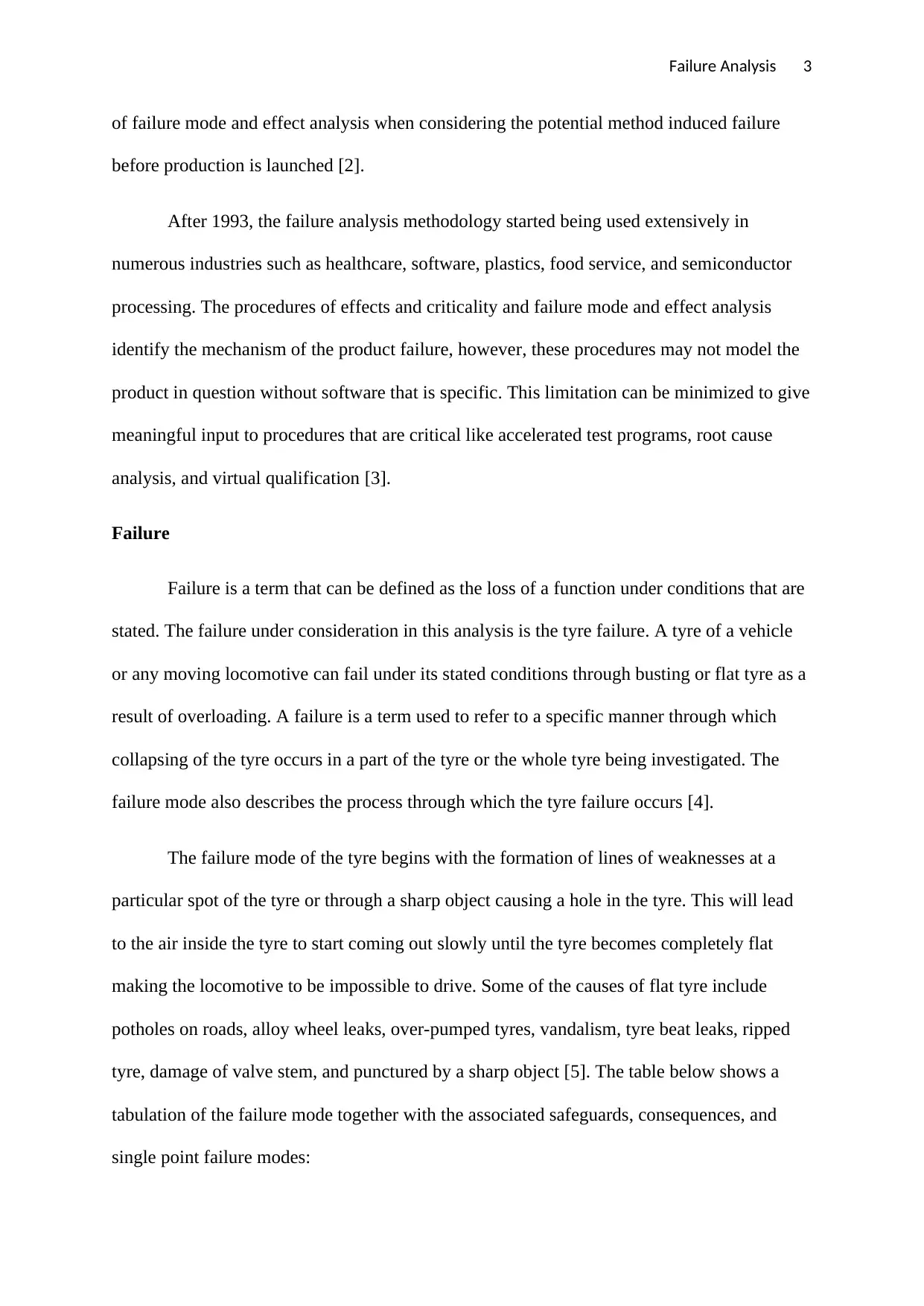

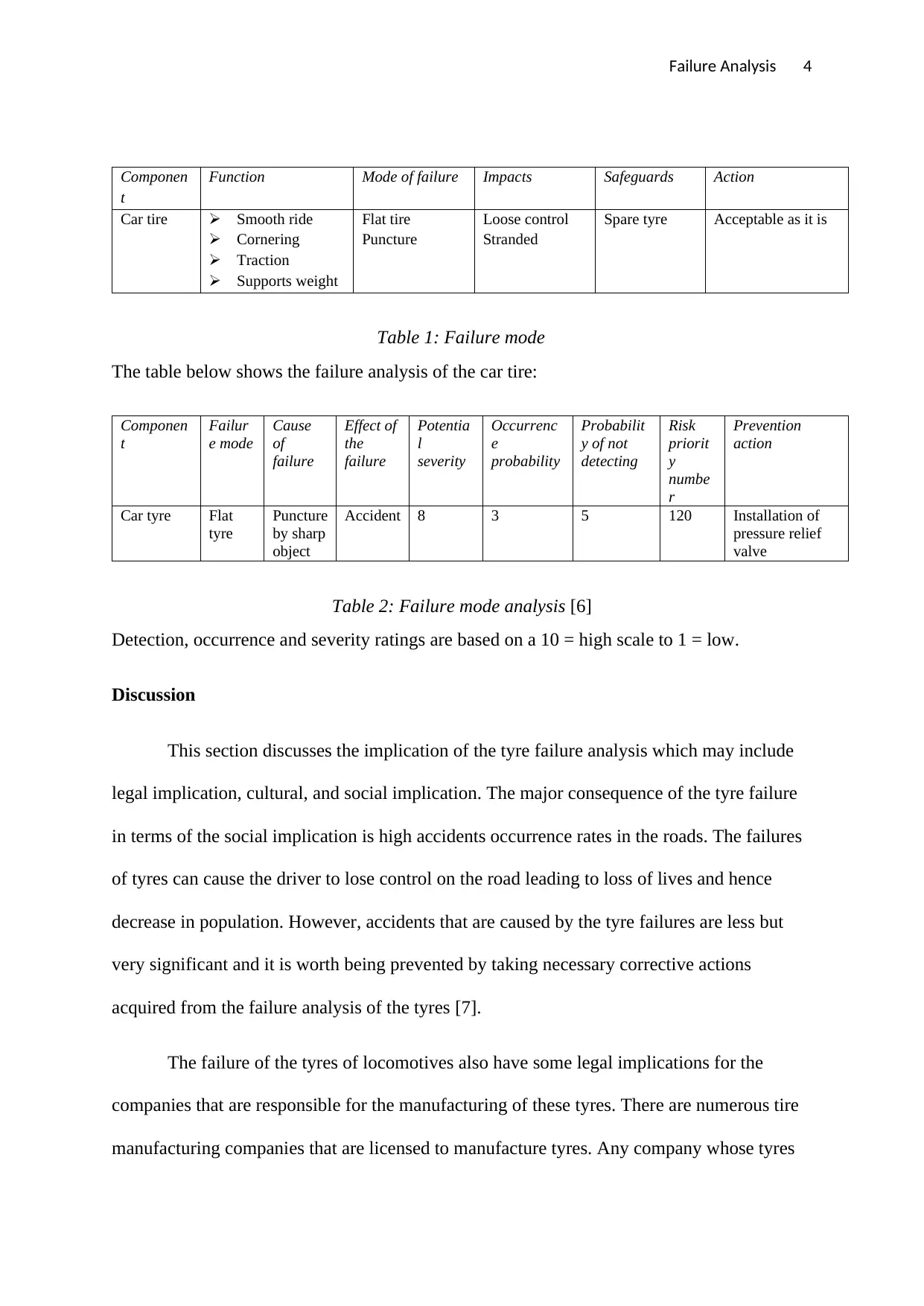
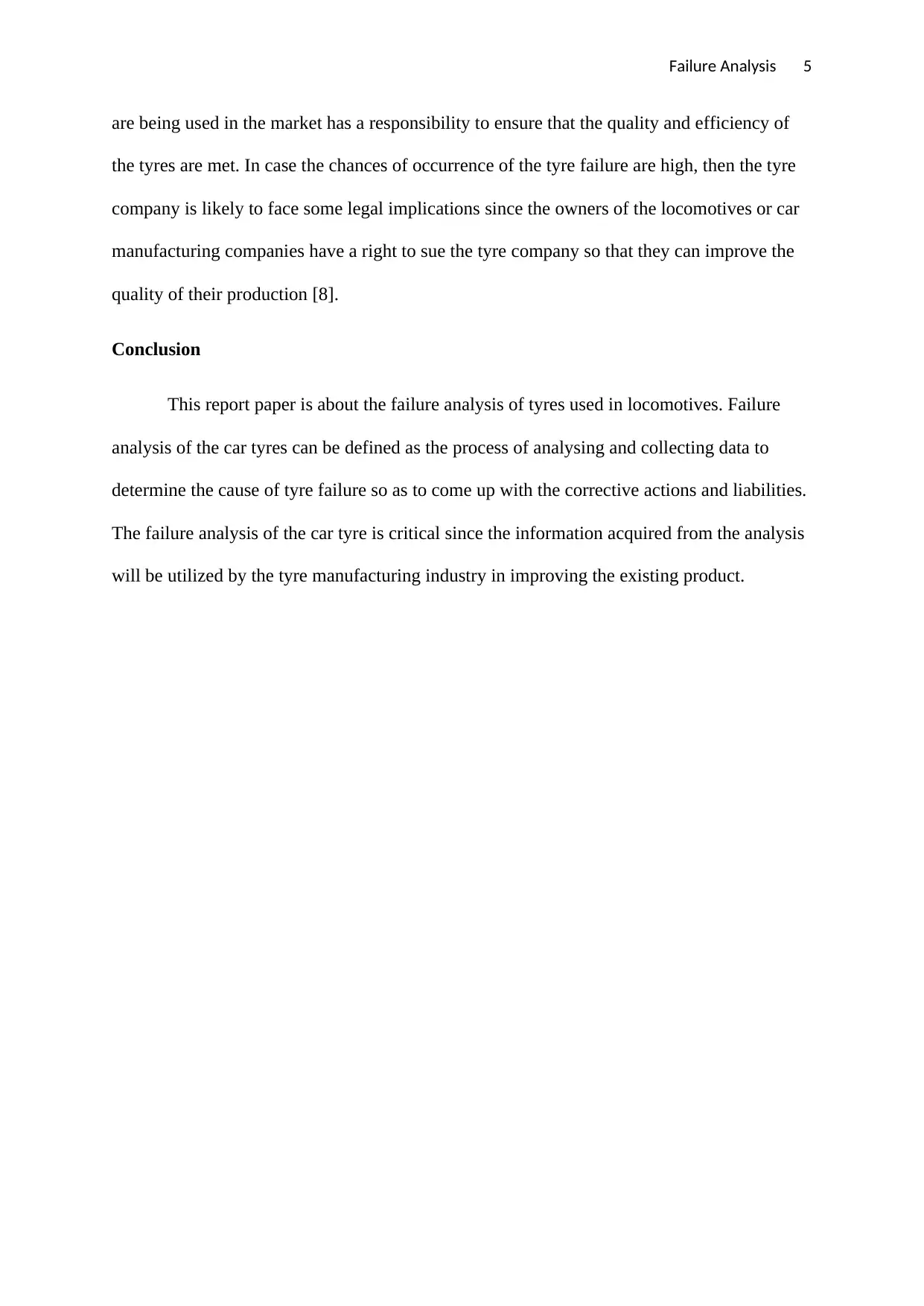
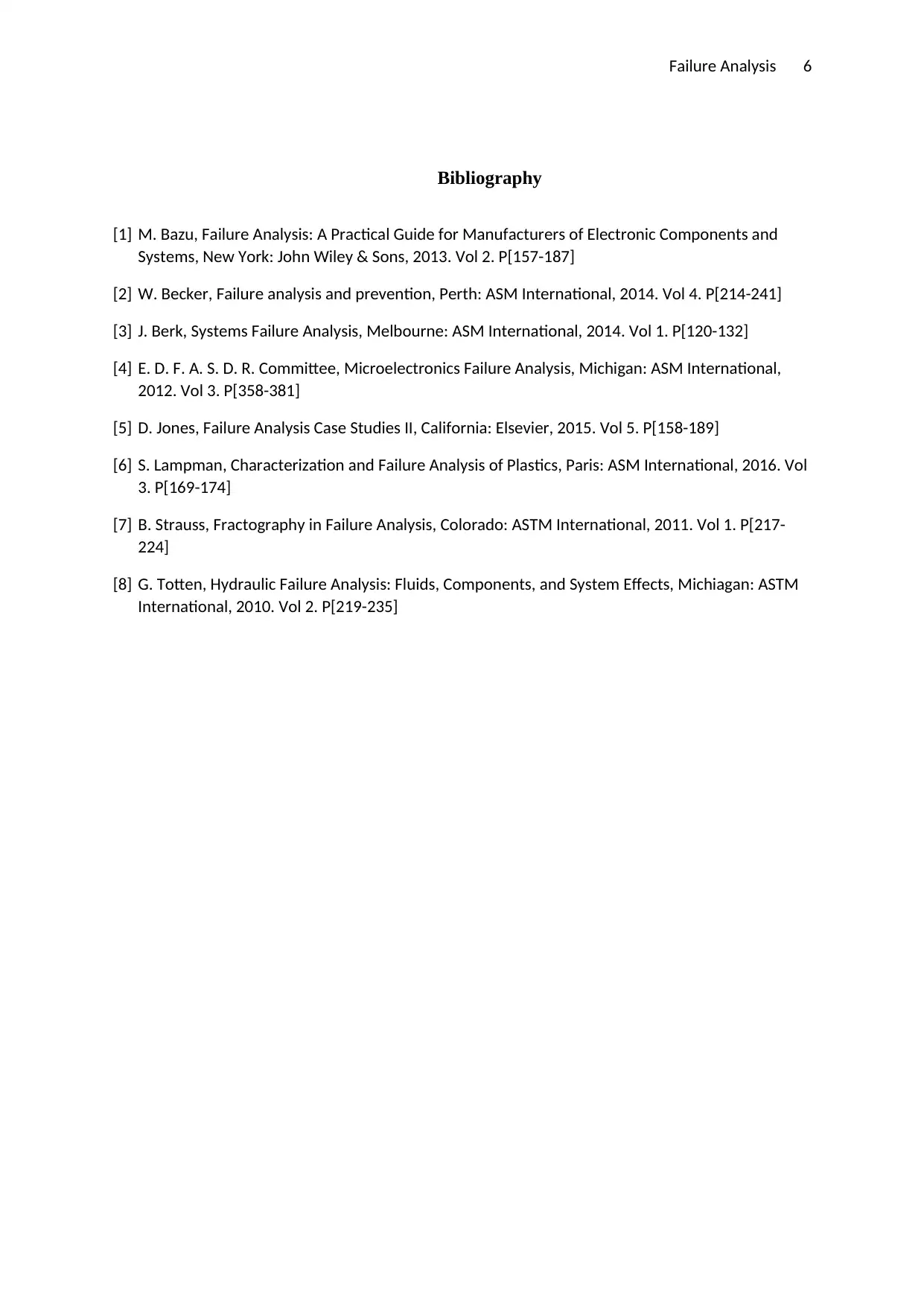






![[object Object]](/_next/static/media/star-bottom.7253800d.svg)